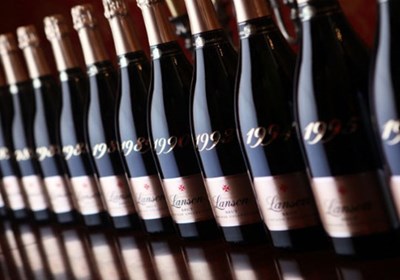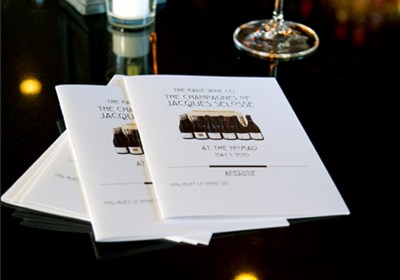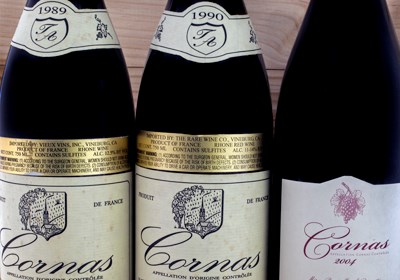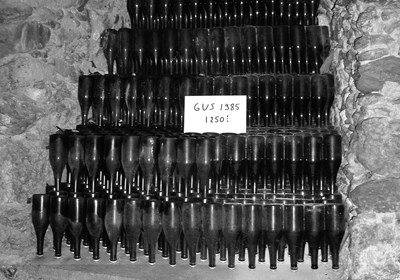
Which site would you like to visit?
By clicking the retail or wholesale site button and/or using rarewineco.com you are choosing to accept our use of cookies to provide you the best possible web experience.
March 12, 2012
Like great red wine, Champagne is transformed by age. The aromas evolve into rich scents of hazelnuts and crème brûlée. The mousse softens, becoming creamier and more sensuous. There is more flesh, as well as an opulence and persistence of flavor that young Champagnes don’t have.
But where’s the best place to age Champagne? It’s hard to beat the deep, chalky cellars of the Champagne region, where temperatures can remain at a constant 49 to 50 degrees. Such cool temperatures dramatically slow down the aging process. And the fact that bottles are often left undisgorged creates additional complexity.
Another great source of old Champagne has traditionally been England, whose natural cellars offer high humidity along with their cool temperatures. Here, Champagnes typically reach perfect maturity between age 25 and 30 and can hold for decades more. As for their taste, they achieve remarkable opulence, qualifying them among the world’s great wine experiences. Unfortunately, the availability of English-cellared old Champagnes has declined precipitously in the past 20 years.
“Old Champagnes are one of the very few wines to which the word ‘nectar’ can justly be applied.”
- Richard Forbes
While vintage Champagne’s magical transformation with age is among the wonders of wine, not all vintage Champagnes are built for long cellaring. A critical element is acidity: Champagnes that drink too well too early may not live to see full maturity.
Among the big houses, the best bets are Champagnes that evolve glacially thanks to robust acidity. The most famous examples are Salon, Krug and Bollinger. But two other standouts are Lanson and Philipponnat, both of whom preserve their wines’ vibrant acidity by rarely allowing malolactic fermentation. Philipponnat’s epic Clos des Goises could be the greatest Champagne of all for long aging.
In November 2009, one of the great Champenois, René Collard, passed away, leaving behind a legendary love for old Champagnes.
Collard’s passion for old Champagne was so well-known that when he died a local newspaper headline proclaimed “L’antiquaire de la Champagne n’est plus” (“The antiquary of Champagne is no more”).
Collard was a grower with vineyards in Reuil and Damery, planted to 90% Pinot Meunier and 10% Chardonnay. He kept a library of his own wines dating back more than a half century, and he collected old Champagnes made by other growers as well. Every bottle was cellared more than 25 feet below ground, where the temperature was a constant 48°.
A mature complexity could be seen even in Collard’s youngest Champagnes, which were vinified in barrel and never sold until they were at least 6 years old.
These wines are prizes for lovers of old Champagne, and a fitting memorial to one of the region’s legends.




New discoveries, rare bottles of extraordinary provenance, limited time offers delivered to your inbox weekly. Be the first to know.
Please Wait
Adding to Cart.
...Loading...


By clicking the retail or wholesale site button and/or using rarewineco.com you are choosing to accept our use of cookies to provide you the best possible web experience.

